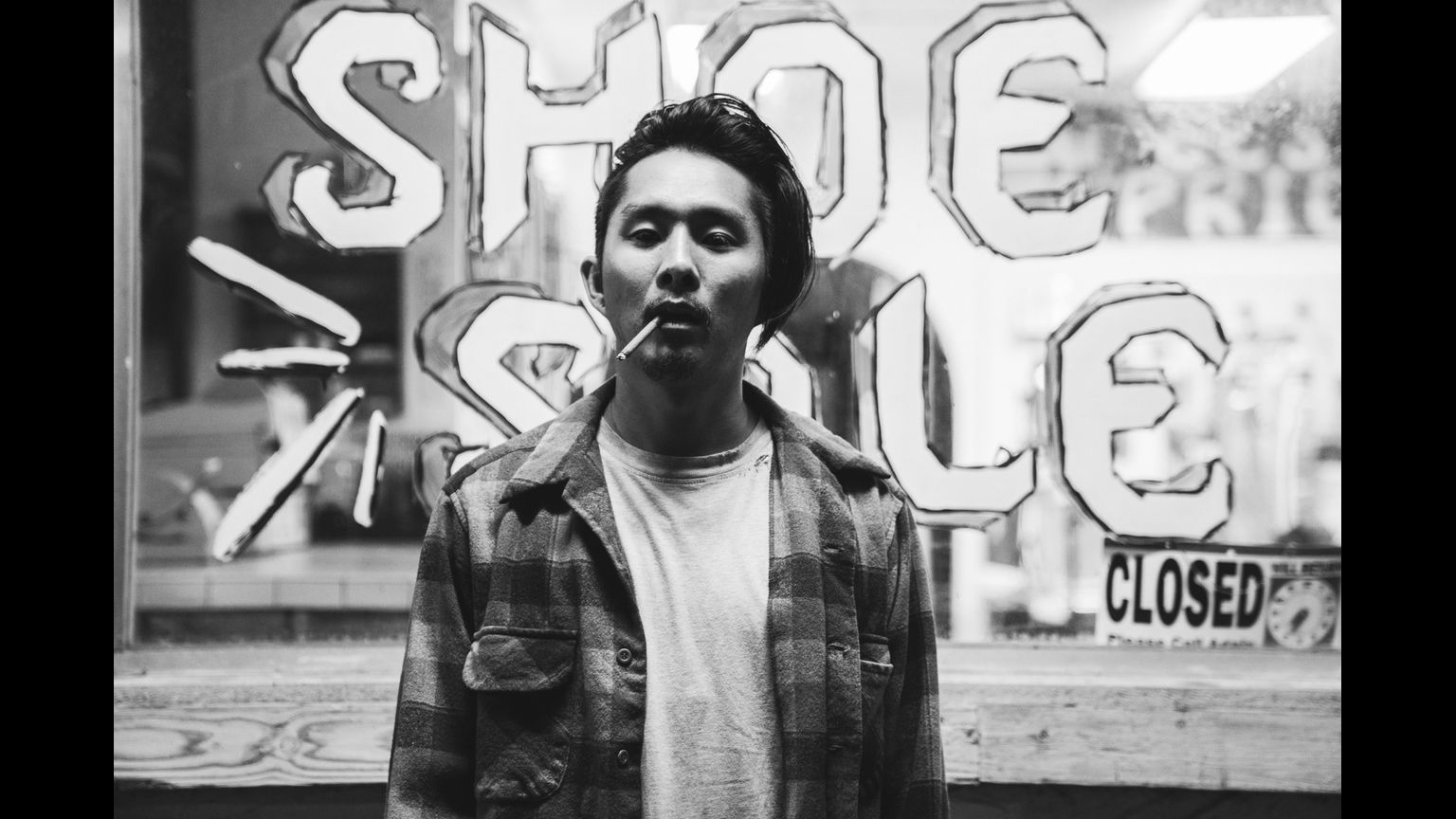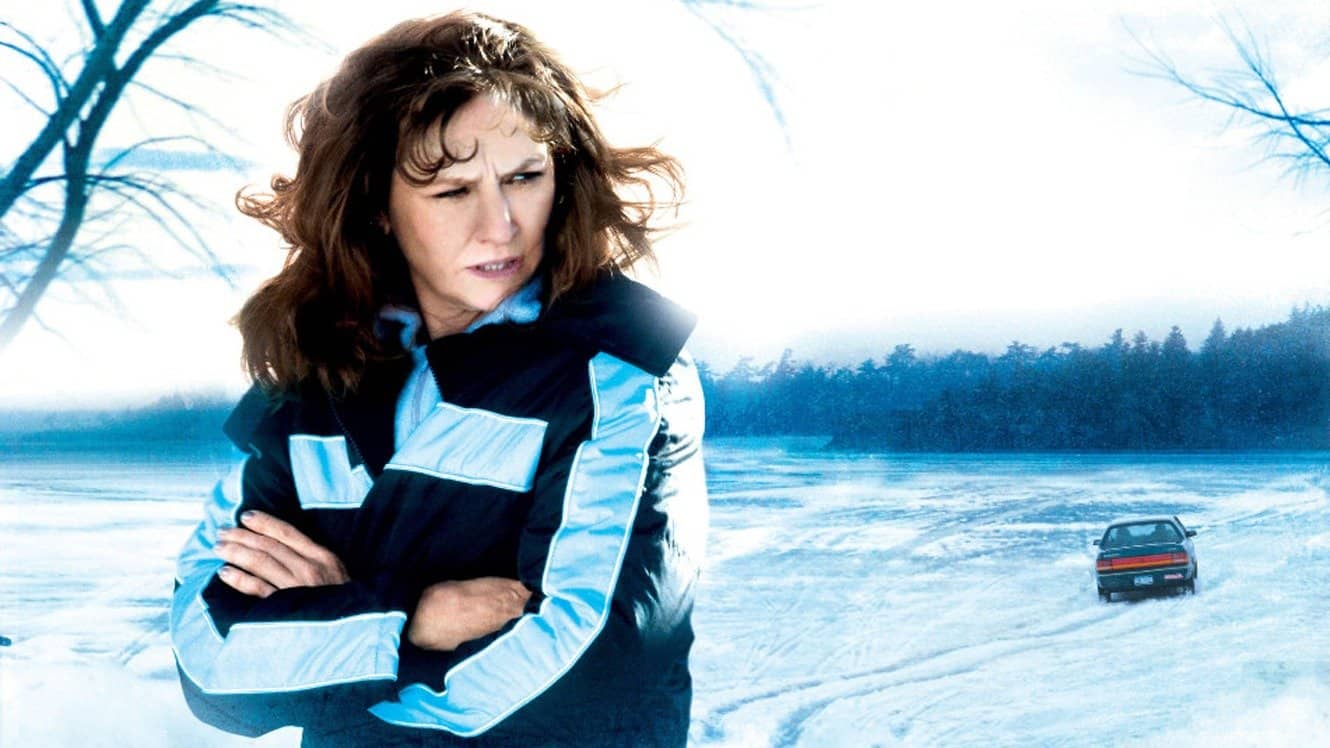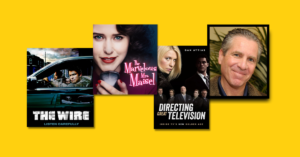Embrace Failure as Part of the Filmmaking Process
Failure is par for the course, so if we see it as a negative thing, it is going to drag us and our filmmaking down. Instead, Kimberly Peirce (Boys Don’t Cry, Carrie) highlights how we can, “reappropriate the word failure and use it in a way that it’s positive, which is, ‘Oh, that idea didn’t work. Okay, cool. My goal isn’t working. Why didn’t it work? How can I make it work?’ So I think, yes, we have to play in failure.”
Peirce didn’t always have this mindset, especially early in her career. When she was developing her thesis film into the feature film Boys Don’t Cry, she reminisces that she, “simply didn’t have the resources, the knowledge, or the skillset to tell that story, but I had such a connection to it personally.” She struggled with many things from the casting of the main character, to structural problems, to even having the wrong need for the protagonist in her script. Despite all of these things, her connection to it drove her.
Peirce reflects that her, “love of character and my commitment to becoming a really good storyteller, overrode my narcissism and my fear of failure, so I was failing and it was terrible and I was embarrassed, but I always went back to the drawing board and every time I failed, I learned something.” Because of this, Peirce says, “By the end, the movie that Boys Don’t Cry is, is a complete manifestation of my desire and the failures that I met along the way to becoming the filmmaker that I needed to become, to tell the story that I needed to tell.”
It is also important to remember that the journey to telling each story is going to be different—no matter what point you’re at in your career. Peirce believes, “The beauty of storytelling I have found is that every great story has its own DNA, has its own intellectual and emotional truth to it so your job is to find that truth. You can also be drawn to a story, but that doesn’t mean that you know the best way to tell it at the beginning [of your writing process] and most people don’t.” You can discover and shape your plot as you go—and there may be some failures along the way—so part of the process is to be comfortable with not knowing exactly how to tell the story when you start.

Business Failures and Creative Failures Aren’t One and the Same
“We can create incredible art, but we still on some level are dealing with the reality of this industry, this business. It’s a place where art and commerce meet, and we don’t necessarily have control over that,” discusses Heather Rae (Frozen River, Tallulah) as she reflects on a film she produced that was creatively a success, but failed on the business side.
Rae created the piece at a time where the industry was transforming, particularly in the foreign markets, which negatively affected the sales of the film. Those involved in creating the film anticipated it was going to really propel the career of the film’s director, but it wasn’t received as they expected and both Heather and the filmmaker were left heartbroken, affecting their relationship. Still, Rae reminds herself that, “At the end of the day, what we created was art. Everything else around it on many levels was a disappointment, but I still really stand by that film. It’s a beautiful piece of storytelling.” Rae would even do it all over again because of her belief in that filmmaker’s vision and the story.
Rae adapted after this setback by changing how she relates to her financiers. The particular project had financiers who were new to financing films and were upset, even hostile, about not getting their expected returns on the film. When you partner with a financier you are going into, “a space of intimacy with these people,” and likewise, “You have to know that they’re the right people for you and the right people for the particular project.”
Getting Notes Doesn’t Mean Failure, but Taking the Wrong Notes Could
One way that a response to failure has evolved for Rudy Valdez (The Sentence) is how he relates to notes he gets from more experienced filmmakers. Earlier in his career, Valdez would hear the feedback from award winning filmmakers and think, “They must be right, and I must be wrong. So a lot of my early projects would start to take shape into what [other people] felt the story should be.” This had a deep personal effect on Valdez, so much so that, “Even when the pieces were quasi-successful or people enjoyed them, there was always this part of me that felt like a failure because I let somebody hijack my story.”
For his film The Sentence, which premiered at Sundance in 2018, Valdez gathered feedback from filmmakers who he really respected. Instead of accepting or rejecting the notes immediately, Valdez took his time to think about them and reflected on his past failures created by taking peoples’ notes. Some of the notes resonated with him, but he explained, “There were some big notes that I had to respond back and say, ‘Look, that’s a different film. That’s something other than what I’m trying to do, and I respect your notes, but I’m going to continue with this road.’ I can’t tell you how proud I was when ultimately we premiered at Sundance and it was so well received. People were talking about these specific avenues that I took and choices that I made that were these choices that I stuck to with my heart.”
So how does Valdez go about discerning helpful notes from those that will lead him astray? He explains, “It’s about understanding the note, understanding where it’s coming from, and understanding its purpose.” One strategy that he employs is to look at the body of work that the note-giver has. In doing this, Valdez has found that sometimes the filmmaker’s notes suggest adjusting aspects of your piece to something more like their own voice and style.
Valdez says that notes often come with solutions, and frequently, those solutions won’t be in line with your vision but it is important to look for, “the note underneath the note.” This means you should take a step back and look deeper at what the note-giver could be bumping up against rather than what they say needs to be fixed or how to fix it. This evaluation often provides greater insight into what might not be working in your piece.
God forbid, if that first time had gone awesome, I think that would have been worse for me.
Failure Starts at the Top
A film’s failure can originate from how a director carries themselves on set. This was the case for Justin Chon (Ms. Purple, Gook) on his directorial debut. Having been an actor, Chon believed that he had learned from the different failures of his various directors, but upon taking the director’s seat, he saw himself making the same mistakes. He got frustrated, his communication broke down, and he began yelling on set. Chon reflects, “If you start doing that you’re gonna have a mutiny; you’re gonna alienate the actors.”
As a result of his behavior, among other factors, the experience and final product did not reach his expectations, leaving him embarrassed. That said, looking back, Chon says, “God forbid, if that first time had gone awesome, I think that would have been worse for me.” He acknowledges that the experience allowed him to learn and grow.
During Chon’s second film, Gook, he applied what he learned from the failures of his directorial debut. On the first day of shooting Gook, an African-American actor came forward to him, upset about how the film portrays Black people. Instead of getting defensive and continuing to shoot because he didn’t have spare time, Chon sat on the side with the actor and had a discussion. “I knew that if we didn’t address this and we didn’t get on the same page that [the project] was going to be done.” So by truly listening, Chon found “a way to make that conflict work for me, I figured out a way where we could have the same goal.” He admits that, had he not learned from the missteps on his first film, “I’d have probably been yelling again.”

Failure Helps You Find Your Voice
At the core of learning from failure, and growing as a filmmaker, is finding your authentic voice. Early in his career, Tyger Williams (Menace II Society, The Perfect Guy), “realized quickly [through failure] that sometimes just because I like certain movies I might not necessarily be the best one to tell that story. But I can write those movies now, because now I know my way into the movie, as opposed to writing what I think it’s supposed to be. I know who I am. I know what I contribute and what I do, so I will bring that to whatever I work on.”
To find your authentic voice and get to this point in your career Williams (echoed by the other panelists) suggests, “Tell the stories that only you can tell. If anyone else in the world can tell the story that you’re telling, it’s not worth telling, particularly when you’re starting out. Your uniqueness is the only currency that you have.” Even now when Williams tells stories that differ from his personal experience, he uses similar aspects of his own life as an “access point” to his characters. He finds these “access points” to empathize with characters and depict them more fully.
How does one hone their own unique voice to be able to do this? Williams suggests that, “It comes with time. I think it takes a while for filmmakers to find their voice and all that comes with craft and life experience. That comes with knowing what you don’t want to do, what you’re not truly passionate about, just as much as what you are passionate about.”
In finding your creative voice, there is an intersection between developing yourself as an artist but also as an acutely self-aware person. Speaking to this, Heather Rae suggests you behave like an eagle. ”Most birds go around the storm and eagles fly right straight through. What you’re afraid of, go for it. And the second thing is to really get directly and authentically connected to self. As artists, our being is our instrument and that’s what we have to work with and so there’s real work as an artist in doing the work of self.”
For more on mitigating expectations with financiers, the nuances of differentiating bad and good notes, and how knowing your limitations can help you hone your unique voice, watch the full recording of Brave Storytelling



